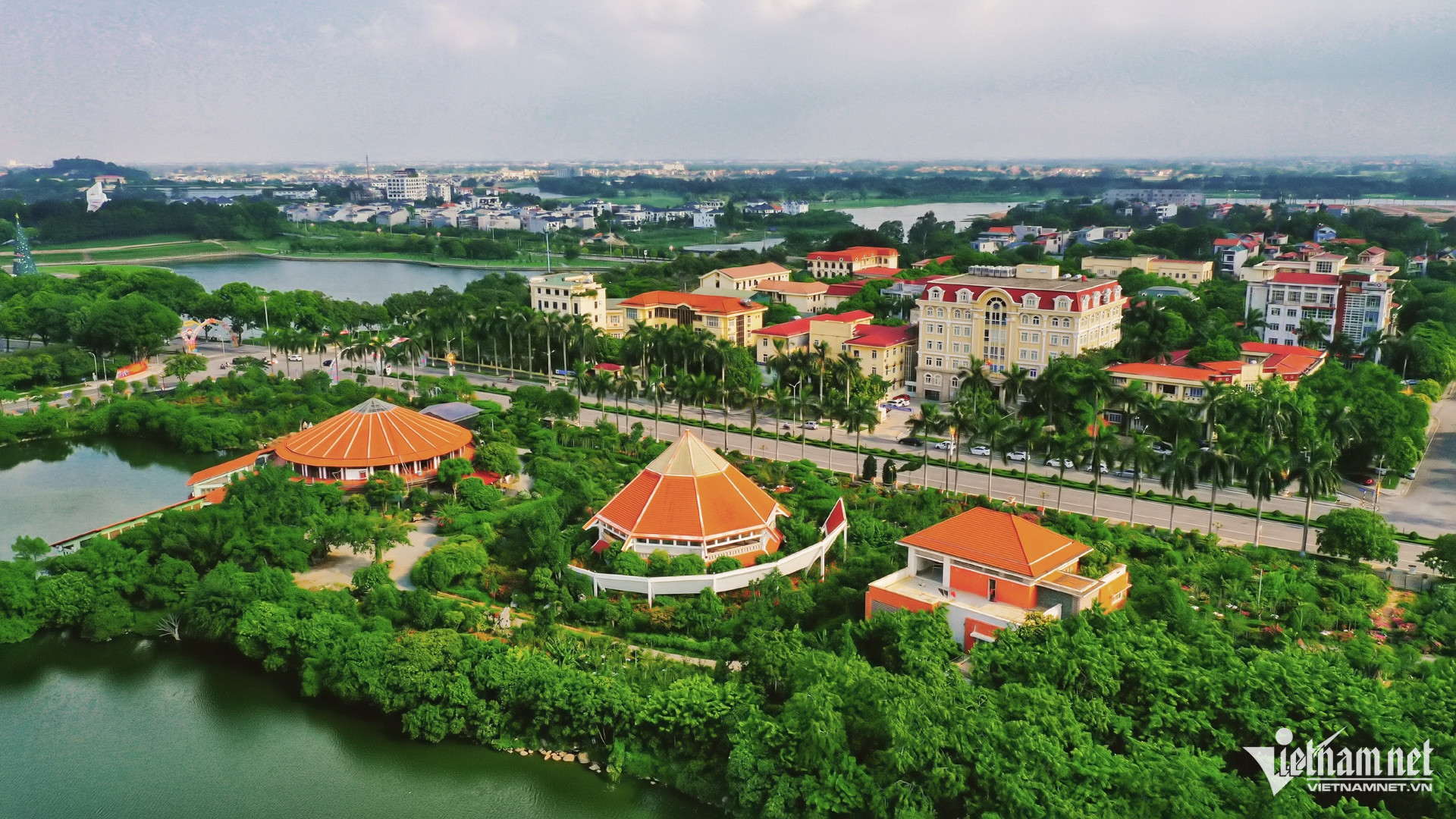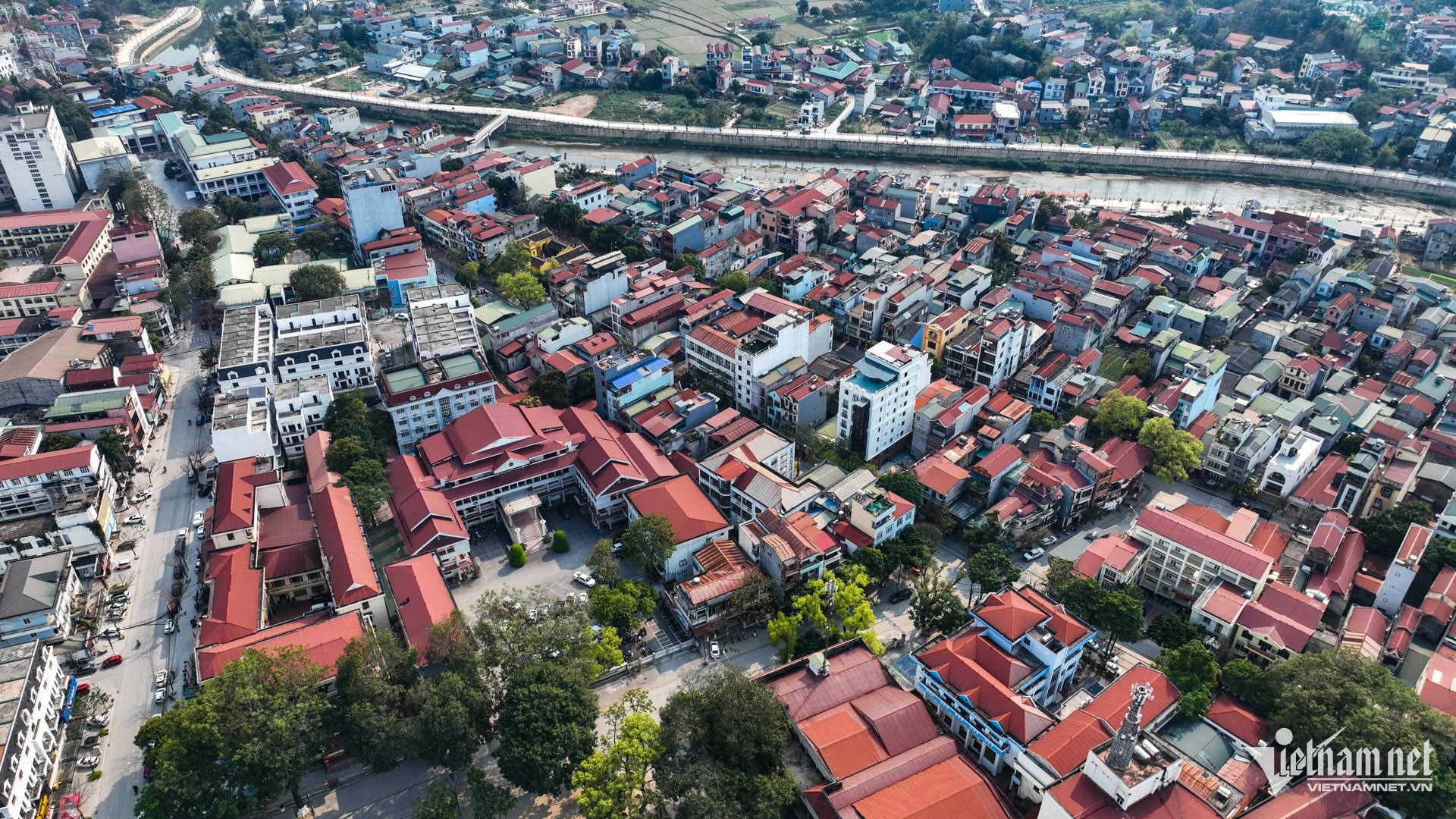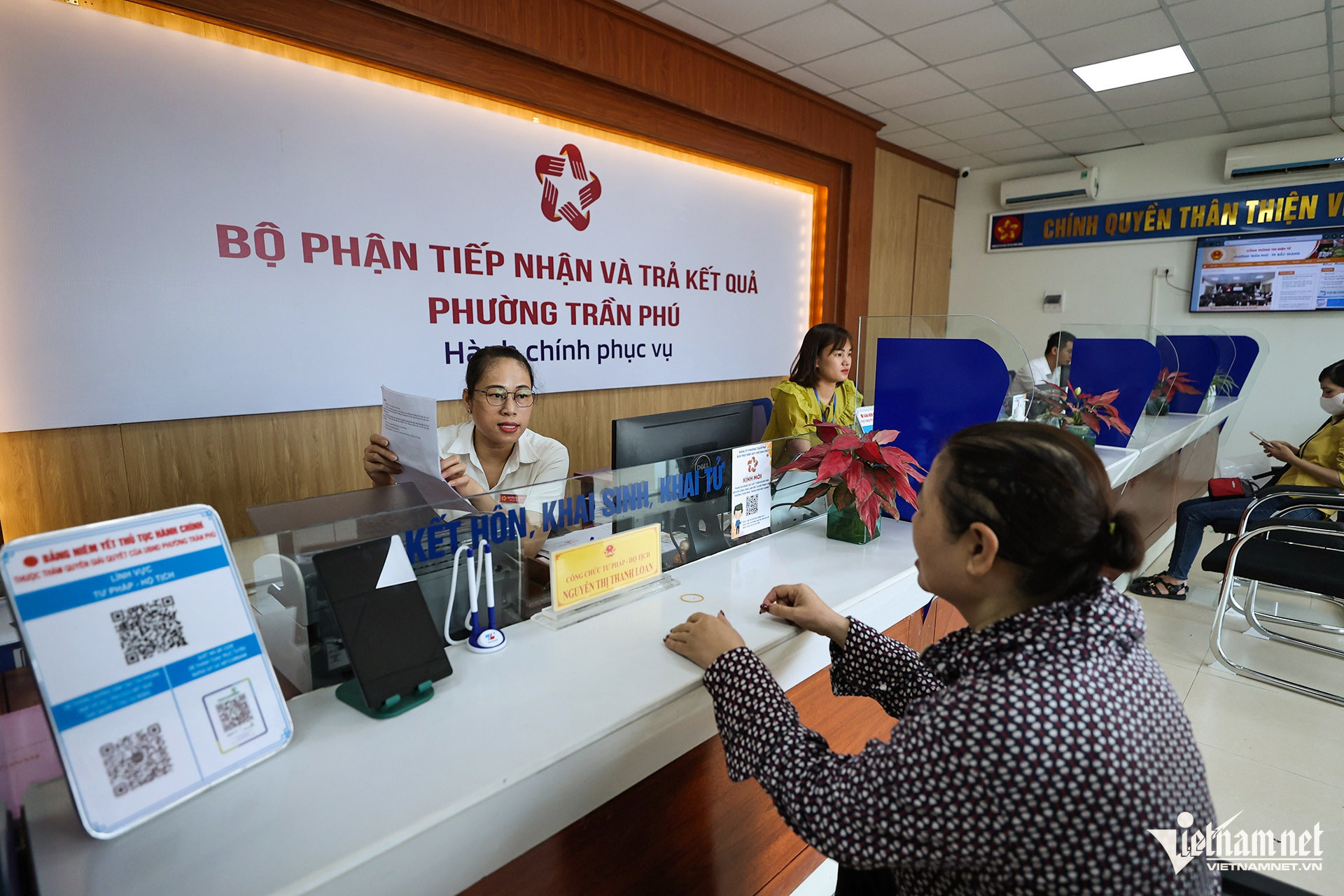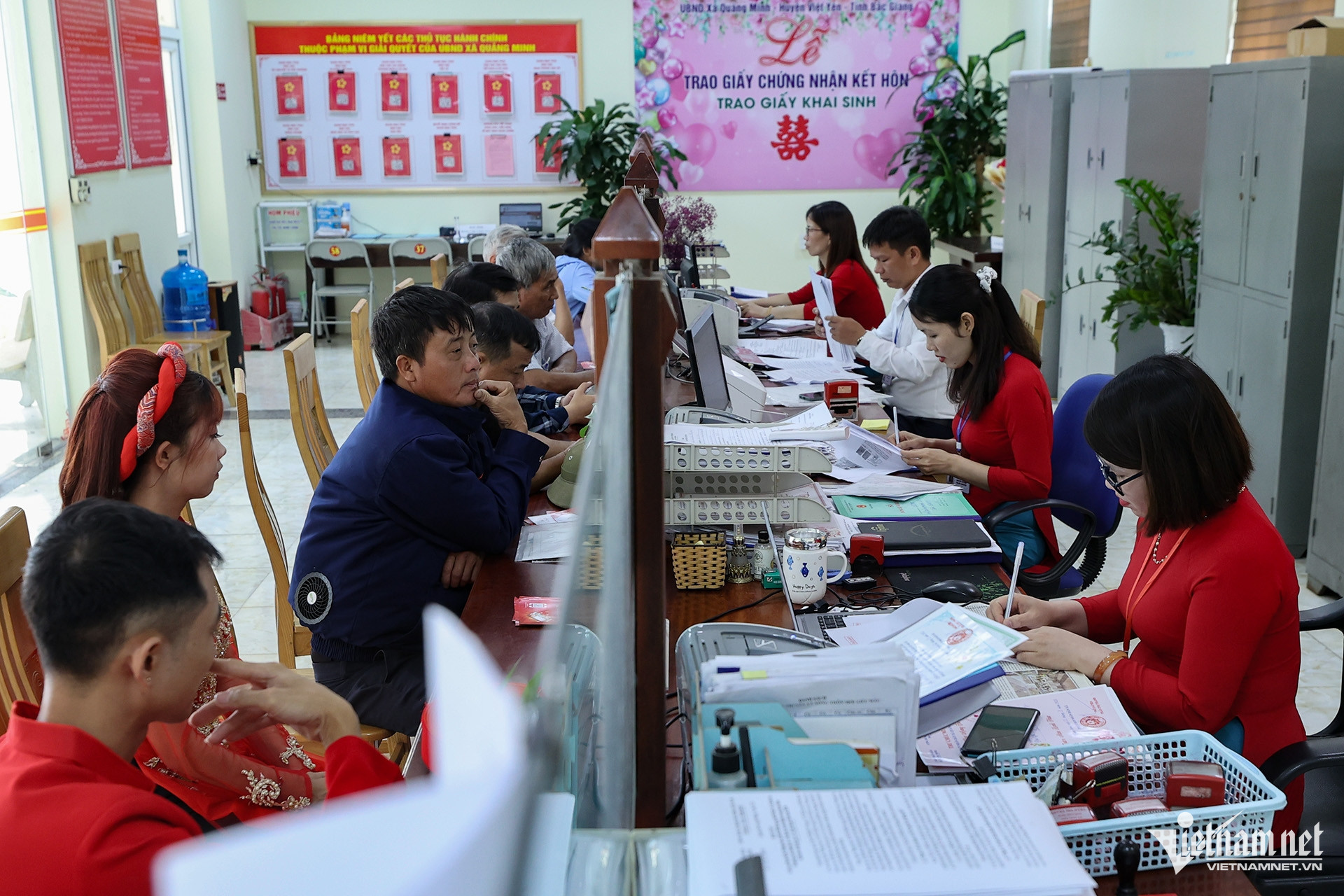No later than August 15, the newly restructured commune-level units in Vietnam will begin operating under expanded roles and responsibilities. In line with leadership directives, commune-level personnel will take on overlapping roles, with a priority on increasing the number of civil servants who directly serve the public.

According to Resolution No. 60 from the 11th Plenary Meeting of the 13th Party Central Committee, the central government approved a new two-tier local governance model: provincial level (province or centrally governed city) and commune level (commune, ward, or special zone under a province or city). As of July 1, district-level administrative units will cease to operate.
The government also approved a plan to reduce the number of commune-level administrative units (ALUs) nationwide by 60-70%, from 10,035 to around 3,000 communes, wards, and special zones.
Following amendments to the 2013 Constitution and the revised Law on Local Government Organization (effective July 1, 2025), this two-tier system will begin official operation.
Proposed map includes 13 special zones.
Most provinces and cities have completed draft proposals for rearranging communes, wards, and establishing special zones. These special zones are projected to include Van Don, Co To, Cat Hai, Truong Sa, Hoang Sa, Phu Quy, Kien Hai, Bach Long Vi, Con Co, Ly Son, Con Dao, Phu Quoc, and Tho Chau.
Criteria for restructuring and naming administrative units

The restructuring is based on natural area, population size, and historical-cultural or geographical considerations.
For mountainous and highland communes, the area must be at least 200% and population at least 100% of the national commune standards. Other communes must meet at least 200% population and 100% area standards, unless located on an island.
Wards formed through merger must cover at least 5.5 km². Population minimums vary by region: 45,000 for centrally governed cities, 15,000 for mountainous or border provinces, and 21,000 for all others.
If three or more units are merged into one ward, these thresholds may be waived.
Regarding names, the resolution recommends two options: retaining the name of one pre-merger unit, or using the name of the previous district combined with a numerical suffix. Names must be easy to read and remember, consistent with historical and cultural context, and widely accepted by the local population.
Commune-level government: maximum 4 departments, 40 staff

According to Directive No. 03 by the Ministry of Home Affairs, commune-level governments consist of the People’s Council (HĐND) and People’s Committee (UBND). The People’s Council will have two committees: Legal Affairs and Socioeconomic Development.
The People’s Committee may establish up to four departments: the Office of the People’s Council and People’s Committee; Department of Economy (for communes and special zones); or Department of Economy, Infrastructure, and Urban Development (for wards and Phu Quoc); Department of Culture and Society; and the Public Administration Service Center.
Provincial-level governments can adjust department numbers based on economic, geographical, and demographic factors but must not exceed four. If fewer than three departments are established, an additional Vice Chairman position may be created.
For communes not organizing formal departments, specialized civil servants will be directly assigned tasks. In such cases, provincial governments may increase the total number of staff - up to 40 officials and civil servants - focused on Party-building, political-social organizations, and administrative duties.
For island districts being restructured into special zones, current departmental structures will be retained temporarily and adjusted according to future government guidelines.
Overlapping leadership roles and focus on public service

To increase direct service personnel, commune leaders will concurrently head advisory and administrative bodies under the local Party Committee, the Vietnam Fatherland Front, and political-social organizations.
Leadership roles will be streamlined. Each People’s Council will have one Chairperson (concurrent role) and one full-time Vice Chairperson. The People’s Committee will include a full-time Chairperson and two Vice Chairpersons - one doubling as Chief of Office and the other as Director of the Public Service Center.
Departments will be led by full-time heads or Vice Chairpersons serving dual roles, supported by one deputy head each.
Communes that retain their previous structure and do not establish formal departments may appoint an additional Vice Chairperson to manage expanded responsibilities.
According to Directive No. 03, localities are encouraged to reduce deputy-level positions and consolidate leadership roles in order to prioritize hiring civil servants who serve the public.
Expanded duties transferred from the district level

The revised Law on Local Government Organization - expected to pass at the upcoming 9th session of the National Assembly - will assign many district-level responsibilities to commune governments.
From July 1, when the law takes effect, commune governments will implement central and provincial policies, resolve community issues, and provide essential public services directly to citizens.
Communes will also have regulatory authority to issue legal documents for local law enforcement and self-governance.
In short, restructured communes will not only retain their current responsibilities but also absorb many functions previously held by district-level governments.
Provincial governments may further delegate tasks to the commune level based on local capacity and administrative needs.
Former district officials to become core staff at commune level

All current district-level personnel will be reassigned to commune-level posts. Existing district leaders and managers across the political system will become the backbone of the new local administrations. Additional reinforcements from the provincial level may also be allocated.
Per Politburo Conclusion No. 150, provincial-level party committee members may serve as commune-level Party Secretaries. In key areas with large populations or strategic significance, members of the provincial Party Standing Committee may be appointed.
Initially, all current staffing levels at both district and commune levels will be retained. Over a five-year transition, staff numbers will be reviewed and streamlined in accordance with government policy. On average, each commune will have about 32 public staff positions (excluding Party and mass organizations).
Discontinuation of part-time local positions
Directive No. 03 mandates the termination of all part-time roles at the commune and village/neighborhood levels by August 1.
However, individuals previously serving in part-time roles may be reassigned to other tasks within the village or neighborhood structures, with appropriate compensation and benefits.
Villages and neighborhoods will remain as self-managed community units, not formal administrative levels. Their current structures will stay in place for now. After completing the merger of administrative units, the Ministry of Home Affairs will propose new guidelines for restructuring these units to streamline operations and better serve residents.
From July 1, all district-level administrative units will cease operation. Commune-level units will become operational no later than August 15, and provincial-level governments will follow by September 15.
Nguyen Thao